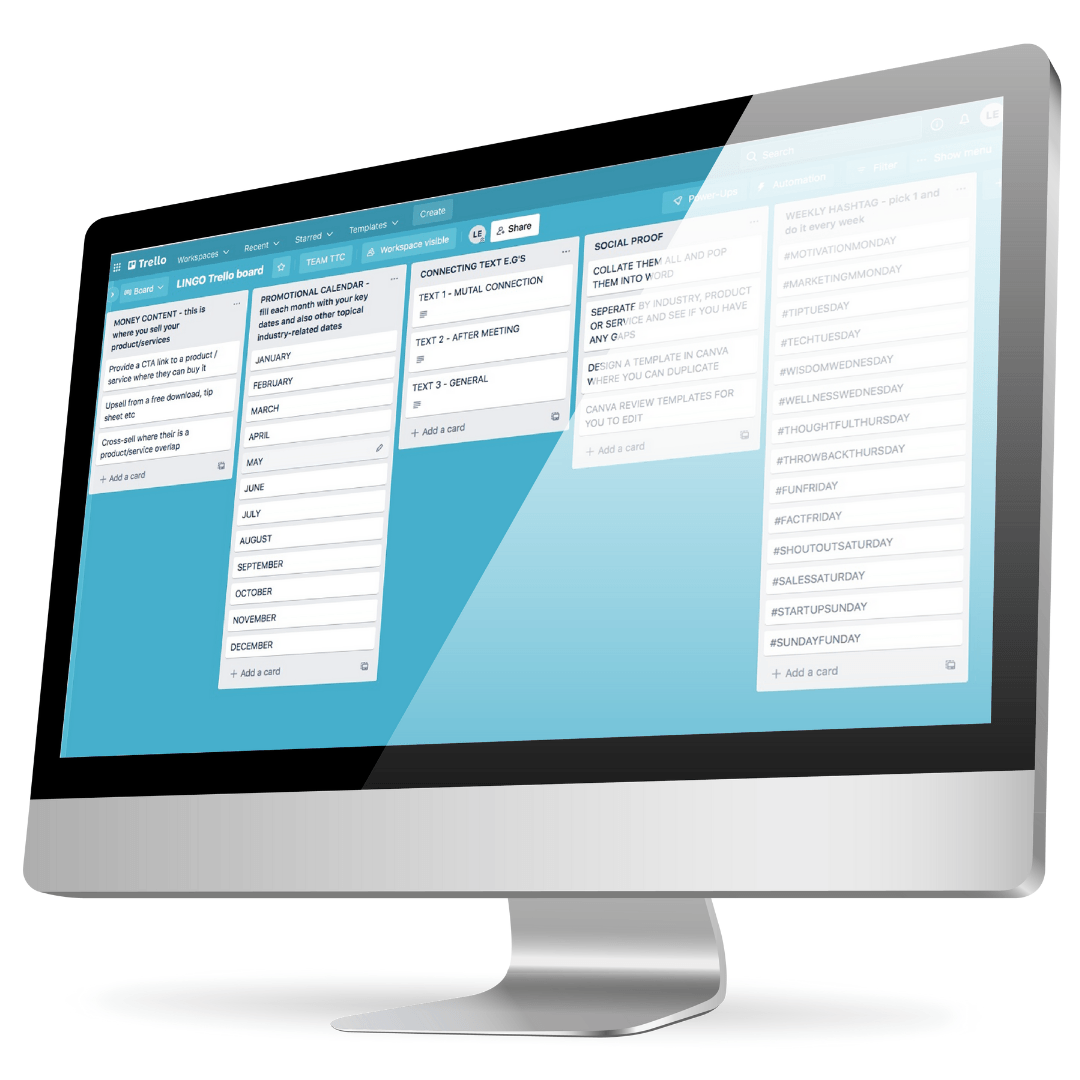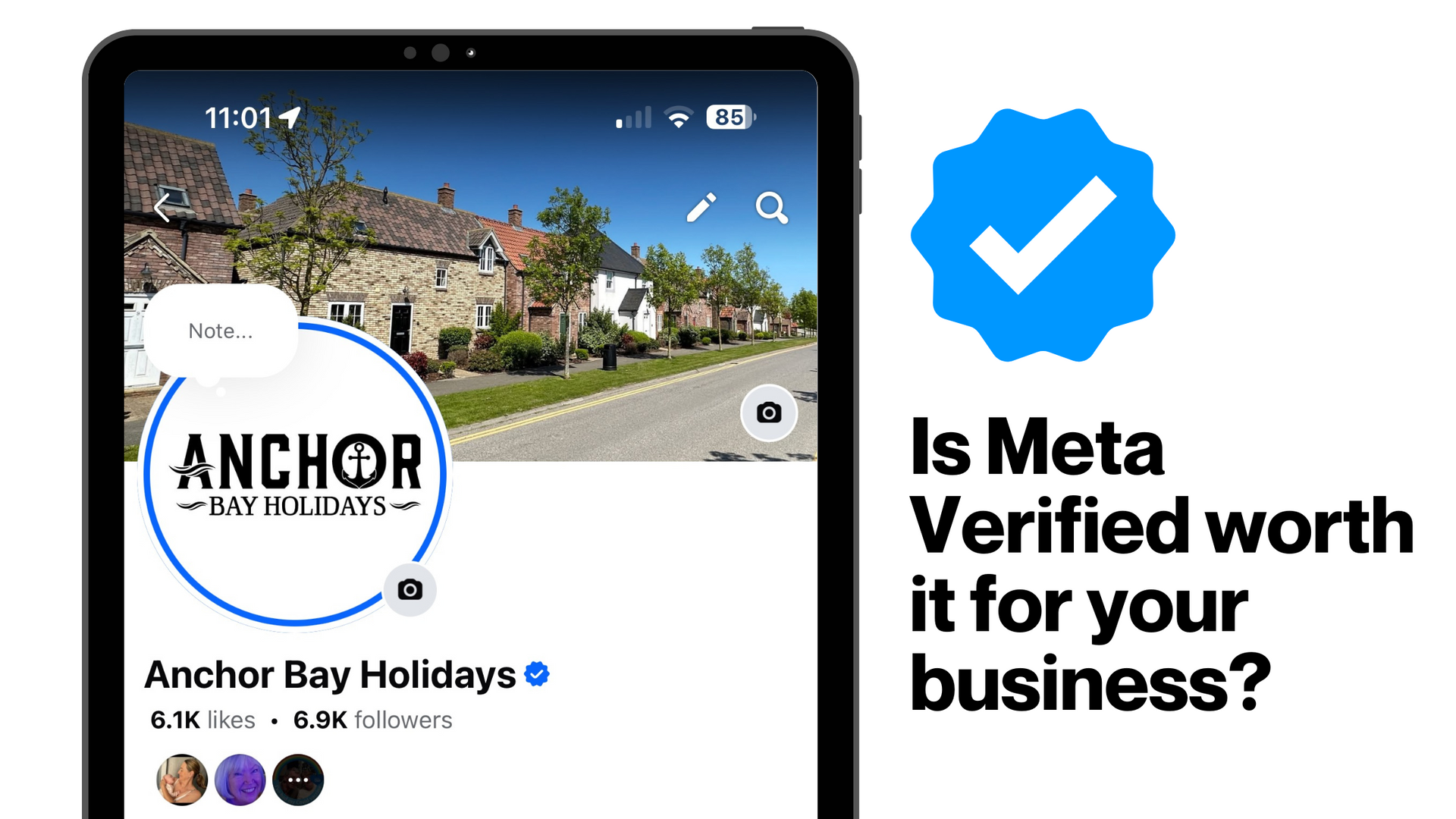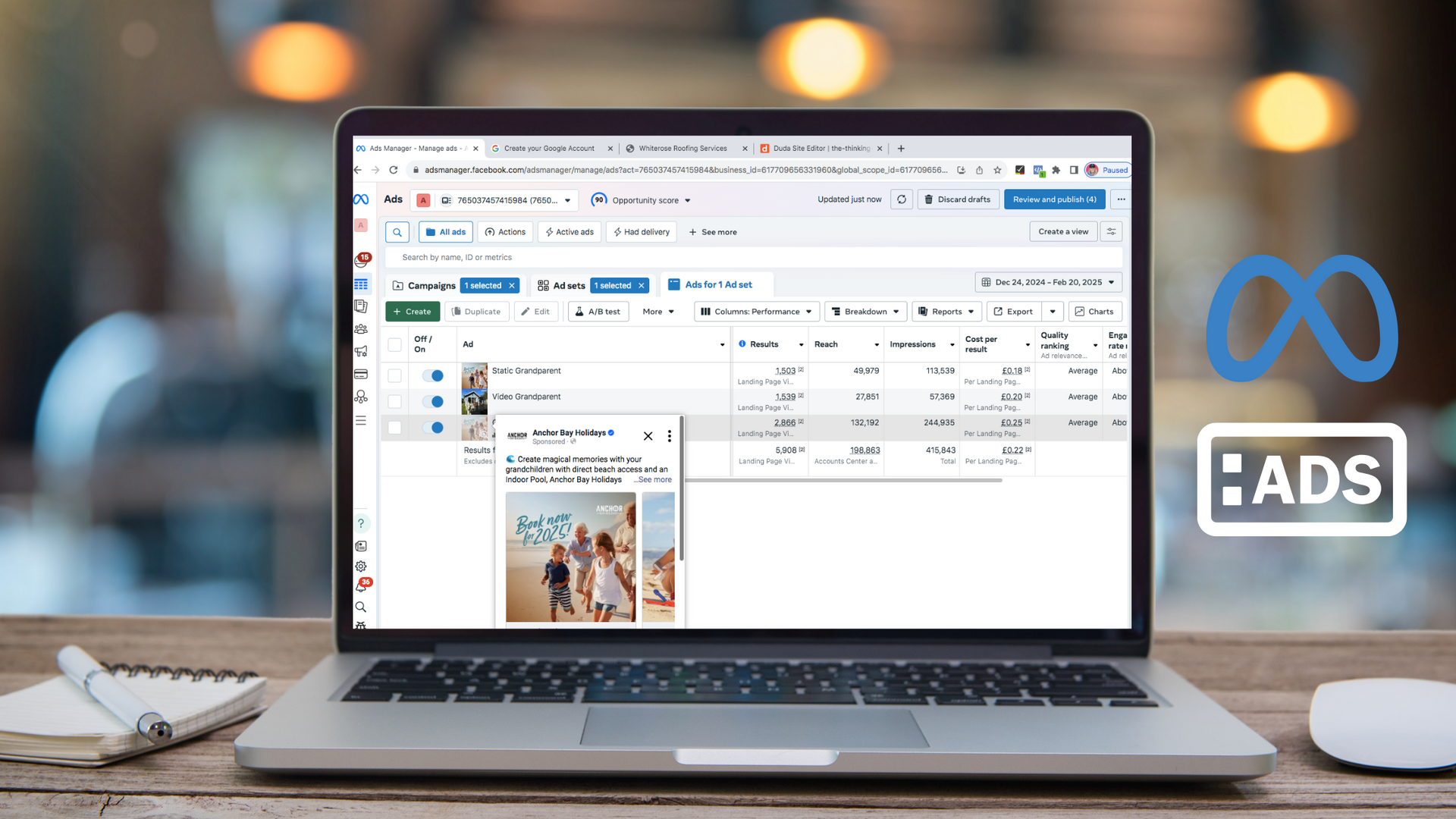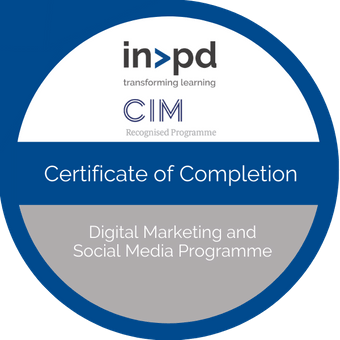7 steps to creating a LinkedIn content strategy
7 steps to creating a LinkedIn content strategy

As you might already know, LinkedIn is a brilliant free social media platform to generate business, form relationships, and become a trusted authority in your industry. But to make those things happen intentionally, you need to know how to create a LinkedIn content strategy.
Continue reading to find out what the 7 steps are and up your LinkedIn game today.
Creating a content strategy using the free version of LinkedIn
There are many LinkedIn strategists out there that encourage you to pay for the premium subscription or sign up for sales navigator. Not me!
This guide only includes things you can do for free because I love helping other business owners to make the most of LinkedIn. Without paying for any extra features, you can learn to generate leads and build a great brand reputation – all by nurturing your audience through content.
By creating a LinkedIn content strategy, you can consistently reach the right people. But where do you start?
Here’s our 7-step process to create a LinkedIn content strategy…
1. Identify your target audience
2. Decide on your content pillars
3. Use a variety of content types
4. Look at your competitors’ profiles
5. Create a social media content calendar
6. Define what success means to you
7. Test, measure, and tweak
Now, let’s run through these in more detail so you can hit the ground running with your LinkedIn content strategy.
1.Identify your target audience
Like with all marketing, you need to know who you’re targeting. Painting a clear picture of your ideal customer is the first step to creating a LinkedIn content strategy. If you’ve not yet done this for your business, you can find out more about why you need an ideal customer persona for social media content here.

2.Decide on your content pillars
What industry are you in and what do you want to be known for? Your content pillars are the key themes that should run through all your LinkedIn content. Choose 3-5 topics that relate to your industry, products, services, job title, and personal interests that you can talk about easily.
Deciding on content pillars makes it easy to identify whether your content aligns with your LinkedIn content strategy and means you won’t run out of things to talk about.

3.Use a variety of content types
To cater for the different types of people within your audience, try using a mixture of content types. This will help your content to appeal to a wider range of potential customers. For example, some people like to consume content in text-only, others prefer video or images. All social media platform algorithms prefer you use a mix of post types too.
No matter which type of content you’re using, you should always make sure your content is accessible. That means any videos have subtitles (or captions), images have alt text, and you’re using images with a good contrast level.
If you’re new to posting on social media, this part could take some time to test. If you’ve already been producing social media content for other platforms or blog posts for your website, you will have a head start. See which content types get the best engagement from your audience.

4.Look at your competitors’ profiles
Identify some key leaders within your industry and look at their profiles. What are they doing well? What areas are they missing the mark on?
Seeing the content they’re producing and who’s engaging with it will give you an insight into what works and also allows you to spot opportunities to do things differently.

5.Create a social media content calendar
A key part of making your LinkedIn strategy work is being organised and staying consistent with posting. By creating a social media content calendar, you can plan the content ahead of time and create a bank of content to look back on.
You can include topical awareness days within your content calendar and plan around key dates and seasons. If you’ve never created one before, read our guide on how to create an effective social media content calendar.

6.Define what success means to you
When you’re outlining a LinkedIn content strategy, you need to know what you’re looking to achieve. What are your goals for using LinkedIn?
Is it simply to generate new business leads? Are you looking for strategic partner relationships? Maybe you’re looking to build authority within your industry and get invited as a podcast guest, or get bums on seats to an event?
No matter what your goals are, setting these targets gives you something to focus on.

7.Test, measure, and tweak
Now you need to evaluate the goals you set for yourself and keep them in mind throughout your LinkedIn content strategy. By testing different content types, different messaging and tone of voice styles, you should learn what works best.
Depending on what your goals are, it may be which content got the most engagement, gained the most followers from, or opened the door to new opportunities. Take some time to review your goals and results regularly, analysing what worked and spotting opportunities. Learn more about how to analyse your social media metrics and tweak your content.
Create a LinkedIn content strategy with The Thinking Cap
If reading all this has fried your brain or you’d rather work with someone on a personalised LinkedIn strategy, we can help. The Thinking Cap has an interactive course called LINGO to teach you everything you need to know about using LinkedIn to get great results.
Unlike many courses out there, LINGO guides you through the whole journey of using LinkedIn to generate business – with maintenance checks and regular services, too! Get practical advice from a LinkedIn expert and accountability sessions to keep you on track.
Together, we can create a LinkedIn strategy that suits your business goals. We run through what to say, how to say it, and how to make it look professional using the free tool Canva. Get the confidence to create a targeted LinkedIn content strategy that will get you great results. Read more about the LINGO course here or click here and jump into my diary and arrange a free, no-obligation call to see how the LinkedIn training could help you.





How you can effectively use LinkedIn for free to boost your marketing and grow your podcast audience




I hope you enjoyed reading this blog post.
If you’d like further help, let’s jump on a call and have a chat.
CONTACT
LOCATION
Leeds office
All Rights Reserved | The Thinking Cap



